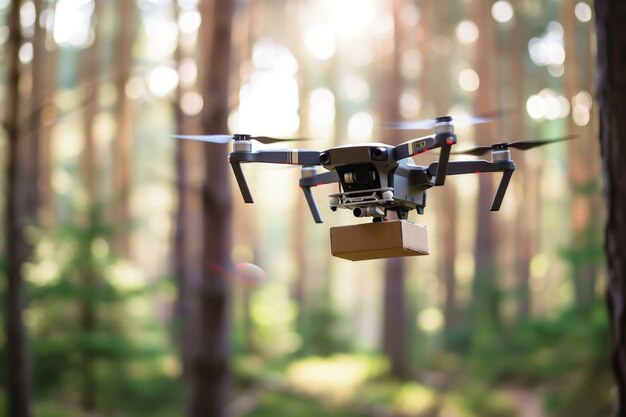
Sponsored article
Drone technology continues to evolve, bringing about significant advancements but also potent threats. This necessitates innovative countermeasures, one of them being the implementation of multi-sensor technology in drone defense systems. Dive with us into an enlightening exploration that elucidates the importance of multi-sensor technology, how it enhances efficiency, and examples of its successful deployment.
The evolution of drone threats demonstrates the urgent necessity for multi-sensor technology. Drones, well-equipped and versatile, pose significant security challenges in today’s world. Traditional defense systems are becoming inadequate due to their limitations in detecting and neutralizing advanced drones, such as commercial and military ones.
Positively, solutions such as the C-UAS system are emerging, featuring progressive multi-sensor technology. This innovative system provides robust defense against drones by leveraging an array of detection and neutralization techniques. Discover how embracing multi-sensor technology can effectively mitigate evolving drone threats and ensure comprehensive security.
As a highly advanced system in present technology, multi-sensor technology has redefined the parameters of drone defense. With its ability to seamlessly integrate multiple sensors into a unified system, it not only enhances the operational efficiency of drone defense but also reinforces its strategic capabilities. The consolidation of various types of data derived from different sensors expedites the detection process, placing this technology at the forefront in improving drone defense systems.
The benefits of multi-sensor technology are manifold. It takes drone defense systems beyond conventional boundaries, transitioning them into an era of improved accuracy, greater foresight, and enhanced security. Given its inherent capacity to fuse together data from multiple sources, it invariably facilitates quicker and more comprehensive threat assessments, making drone defense systems more resilient and effective than ever before.
In examining our selected case studies, the effectiveness of multi-sensor technology within drone defense systems is remarkably evident. These are not hypothetical scenarios; they represent the real-world application of advanced technologies in confronting present-day security threats.
Consider one distinct instance where miniature radar, optical cameras, and infrared sensors were collectively utilized to detect an unauthorized drone intrusion in a restricted airspace. The system successfully identified the trespassing drone, auto-engaged countermeasures, and ensured safety. Another scenario documents an airport employing multi-sensor technology. Despite dense fog that crippled traditional surveillance systems, the multi-sensor setup was able to detect and track rogue drones, preventing potential disasters. These examples solidify the instrumental role of multi-sensor technology in contemporary drone defense strategies.